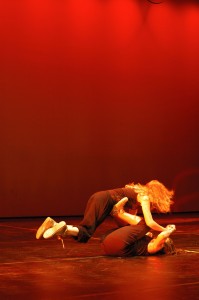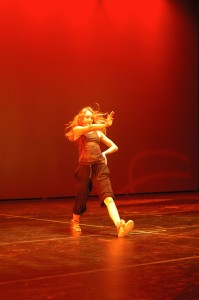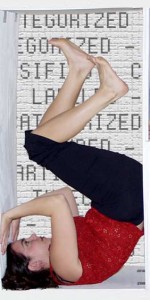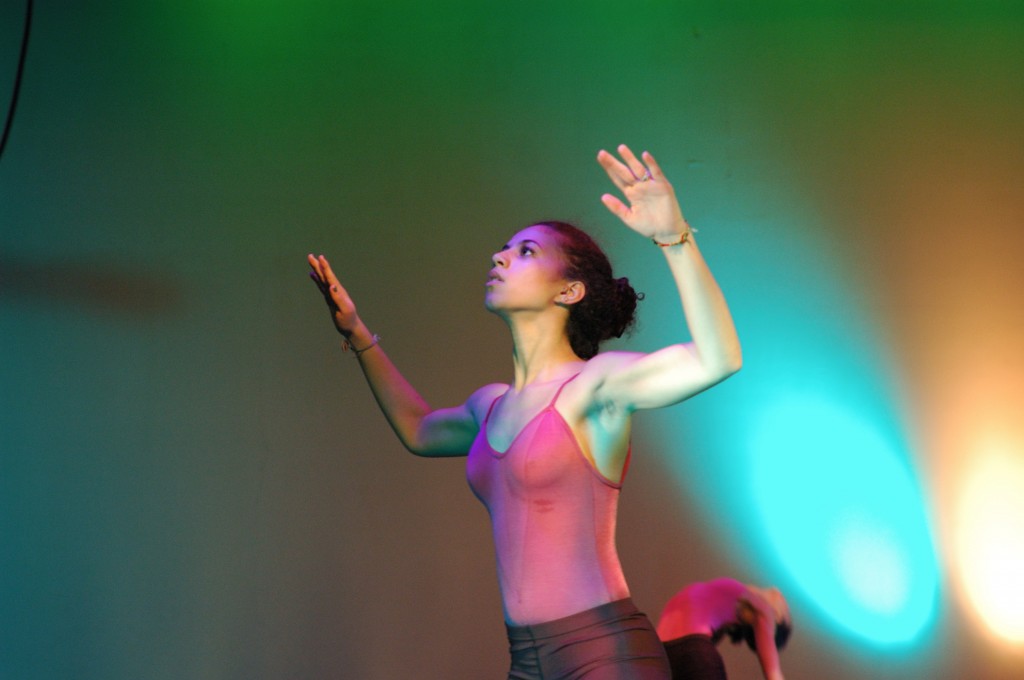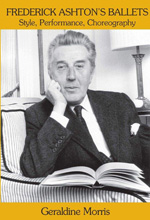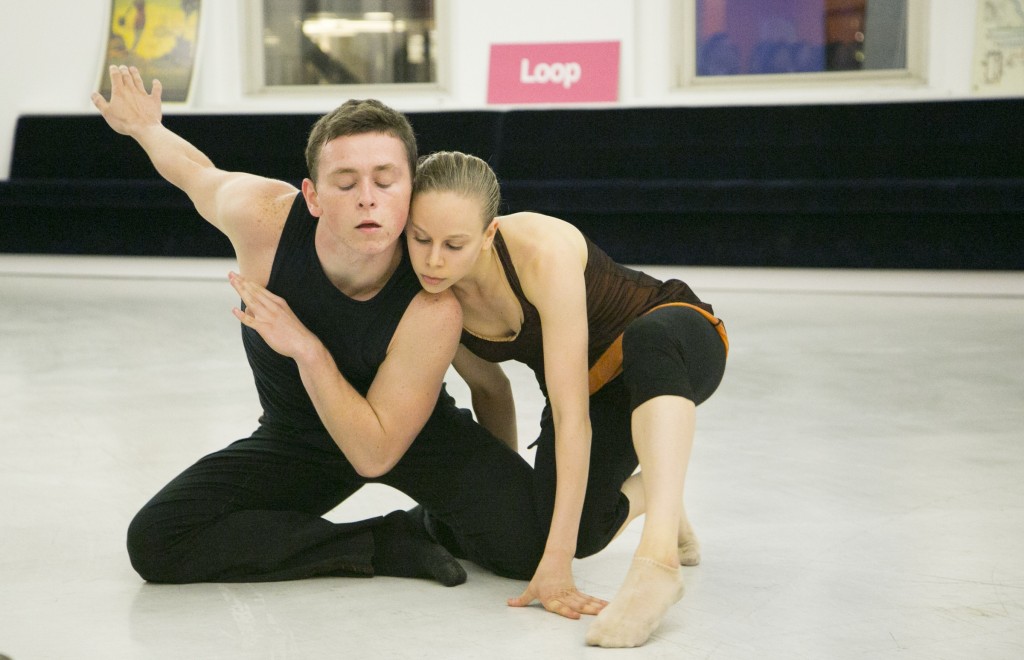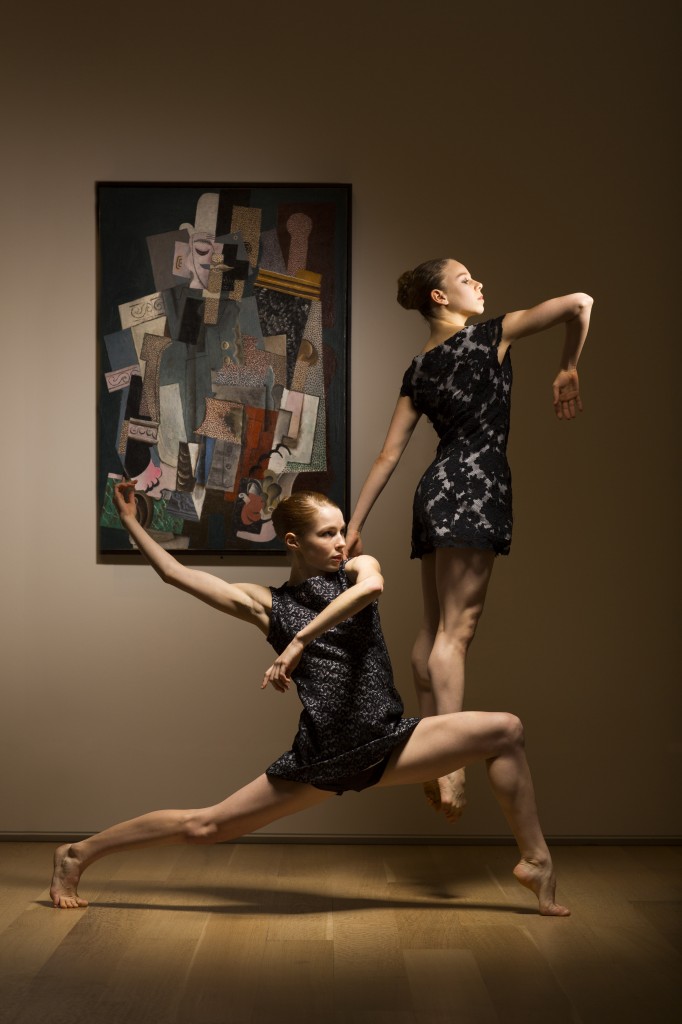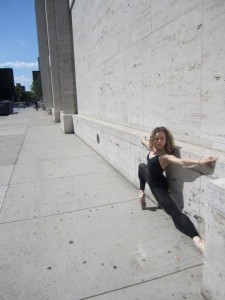by Emily Kate Long
In narrative ballets, choreography exists to say something. There comes a point in the rehearsal process where it feels ineffective to think in terms of steps or counts. Knowing the what and when of the choreography is just the beginning! When the mechanical information—let’s call it the “rags”—begins to feel stale or imposed, it becomes necessary to work from the inside out. Each role, no matter how small, contains vast riches for the performer and audience. To realize them, the artists has to address the how and why of the movement.
Choreography is informed by a character’s self-perception, personality traits, general life attitudes, and relationship to the environment. These things govern a character’s interactions and reactions. When deciding what intent to use for movements, I ask myself some questions:
For internal motivation, is this a positive or negative emotion?
For external motivation, is this a positive or negative reaction/relationship?
What does my body naturally do when I feel hope? Disappointment? Frustration? Relief? Subtle changes in posture, stance, or carriage can drastically change the meaning of choreography. I have to be in tune with myself and the character to make sure my own body language in a given moment is not accidentally polluting my character’s actions. [Read more…]






